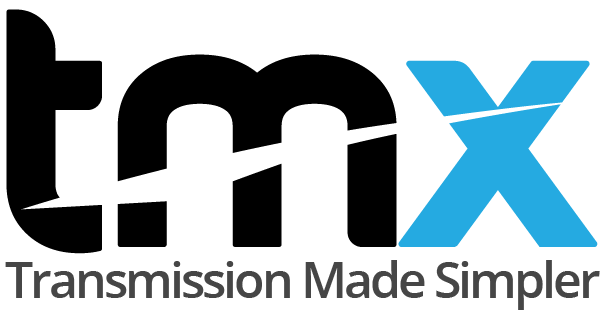A healthy site includes regular content updates, a ranking factor known to search engine as “freshness.” Good content puts you on the search map, new content can keep you there. The URL of a page, which is also known as a slug, is a permanent link. An optimized URL should be less than 255 characters, and hyphens ‘-‘should be used to separate the different parts of the URL. Furthermore, it should be short, descriptive, and include your target keywords. Yes, on-page SEO is crucial for improving search engine rankings and driving organic traffic. Clear policies, secure website protocols (HTTPS), and accurate information build trust with users and search engines alike.
- Every now and again a blogger will mention “link building” in a post.
- It also estimates the difficulty of each action and allows you to assign tasks to other team members directly from Semrush.
- Regarding pricing, Screaming Frog offers a free version of the tool which is suitable for small websites where you get up to 500 URL crawls.
- Let’s say you have an SEO blog and your focus keyword for a new post is “SEO Audit ”.
- When you secure the top position in Google’s search results for a specific keyword, you can capture over 32% of the traffic.
On-page SEO services can help local, national, and international websites. The specific approach will vary based on your target keywords and market, but on-page SEO is needed for any website. Our local SEO services are also a great fit for local, service-based businesses that want to compete in their nearby markets.
Creating your content
Or use them as seed keywords and pop them into a keyword research tool. Which showed me all of that site’s broken external links at the time. For example, this post was targeting the keyword “how to get more traffic”.
Related links
Keyword ranking tracking involves monitoring webpages’ positions in search engine results for specific keywords. This helps you gauge the effectiveness of your on-page optimization and make necessary adjustments to your strategy. Learn exactly how to optimize your content for search engines and users. If you don’t optimize your content for Google, people are unlikely to find it. On the other hand, you shouldn’t optimize for search engines only. You need to focus on both readers and search engines at the same time.
Creating quality content involves multiple factors—from accuracy to readability. Also, if you ever change a URL slug, always set up a redirect from the old SEO Anomaly URL to the new one. This helps maintain your ranking power and prevents visitors from clicking broken links. Writing clear, relevant descriptions that match search intent reduces the likelihood of this happening. And gives you more control over how your page appears in search results. Finding the right keywords is a crucial part of on-page optimization.
Adding keywords to your URL helps explain your page content to search engines and users, as well as reflecting where the page sits in your website. For example, squarespace.com/pricing helps search engines categorize the page as a plan pricing page and makes the page content clear for browsers before they even click through. It directly impacts search engine rankings, user experience, and the discoverability of your content. Neglecting on-page SEO can hinder your site’s visibility and user engagement. Including images can help you rank in Google Images and drive more traffic. Start by writing descriptive alt text to explain your images to both search engines and users who rely on screen readers.
Our on-page SEO company helps your brand create a content strategy that gets you noticed by search engines and your ideal traffic. When your website has poor internal linking and a growing number of orphan pages, its search rankings are likely to suffer. Ensure that all images and multimedia assets on your site are optimized for quick loading times. This includes compressing image files and using alt tags with relevant keywords, which helps in improving page load speed and SEO.




 English
English